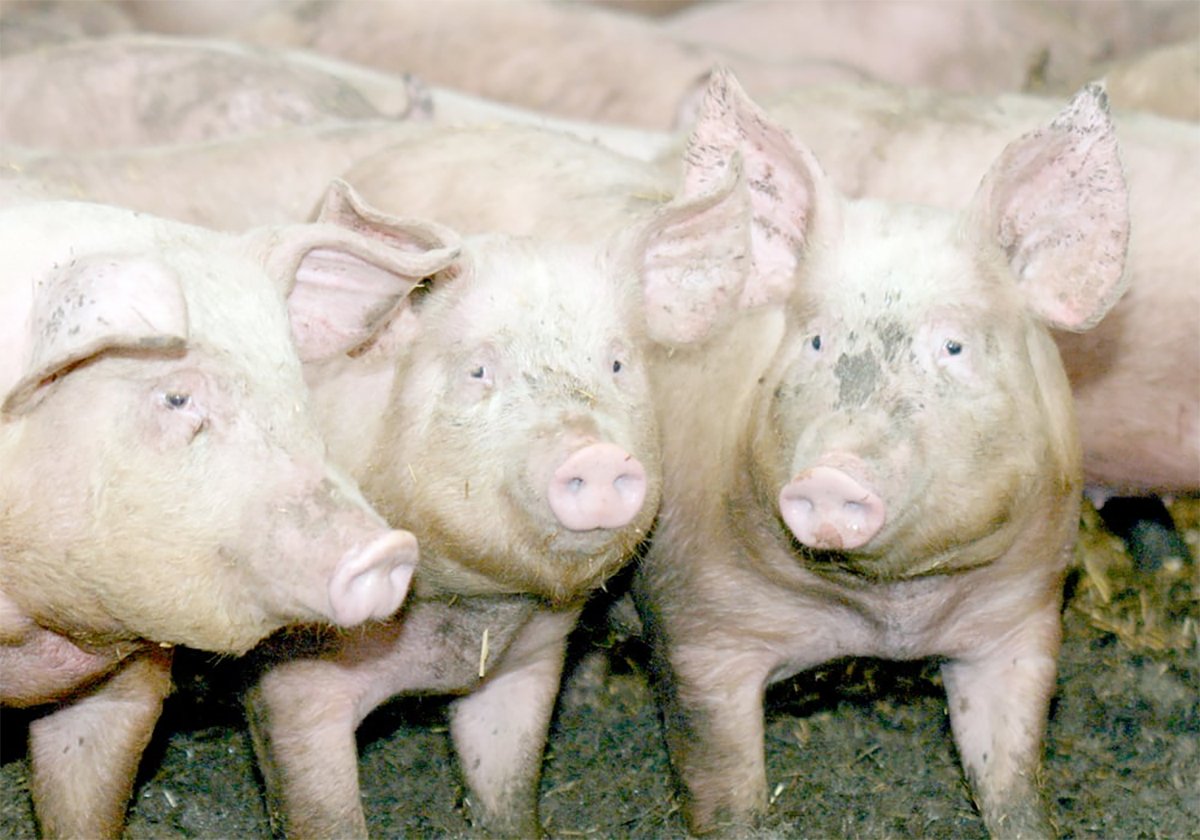Porcine epidemic diarrhea virus is still spreading in the United States, but its spread rate is dropping and it has not yet appeared in Canada.
It is also not acting like an out-of-control contagion, with no signs of the sort of exponential growth of infections that characterize some epidemic outbreaks.
“It’s gone somewhat down,” said Tom Burkgren, executive director of the American Association of Swine Veterinarians.
“If you’re an optimist, you look at that and say, ‘maybe the spread has slowed down.’ ”
Read Also

The Western Producer Livestock Report – November 13, 2025
Western Producer Livestock Report for November 13, 2025. See U.S. & Canadian hog prices, Canadian bison & lamb market data and sales insights.
PEDV broke out in the U.S. Midwest in May and was quickly found in hog herds from Colorado to Ohio.
However, the outbreak has only expanded to infect slightly more than 200 herds in 13 states from the more than 100 infected herds at the time of the World Pork Expo in Des Moines, Iowa, in early June.
That leaves most U.S. herds unaffected and veterinarians hoping that they can stamp out the highly infectious disease before it becomes endemic in the United States.
“There’s still a fairly strong sentiment out there that we do need to consider elimination of the disease,” said Burkgren.
“We’re early in the incursion of this virus, and I think there’s still hope that we can eliminate it and not get into the more chronic form of the illness.”
Elimination has failed in other places where PEDV has broken out, such as Europe and China, and the disease has become accepted as normal.
However, North American pig vets think the more scattered and specialized hog farms in North America might help isolate and exterminate the disease.
Burkgren said it might be possible to create whole-herd immunity in some herds.
Farmers seem to have increased their vigilance, he added, which is stopping uncontrolled spread.
“Producers have really tightened up on their biosecurity.”
On-farm biosecurity can stop the disease spreading from building to building, while careful truck cleaning and drying can stop it moving from one farm to another or from farm to packer to farm, or from farm to farm by feed truck.
Burkgren said some hoped that summer temperatures would stop the disease spreading, but that hasn’t happened.
“There is still some spread going on, even though the temperature is in the 80s and 90s.”
The Canadian and U.S. hog industries are intimately entwined, with an especially large flow of pigs between southern Manitoba and Iowa. However, no infections have been found in Canada.
Sask Pork biosecurity expert Harvey Wagner said careful truck cleaning is likely the reason. He credited the restricted number of border crossings for making it easier to keep PEDV out.
“Everybody’s on heightened alert,” said Wagner.
“Any samples that come from any diarrhea are really being screened carefully.”
Canadian farmers are watching the U.S. situation carefully, but they have a cautious optimism that it can be kept out of the country.
“I guess people are doing a good job on biosecurity and transportation and what happened in the U.S. hasn’t happened in Canada,” said Wagner.
“So far, so good.”















